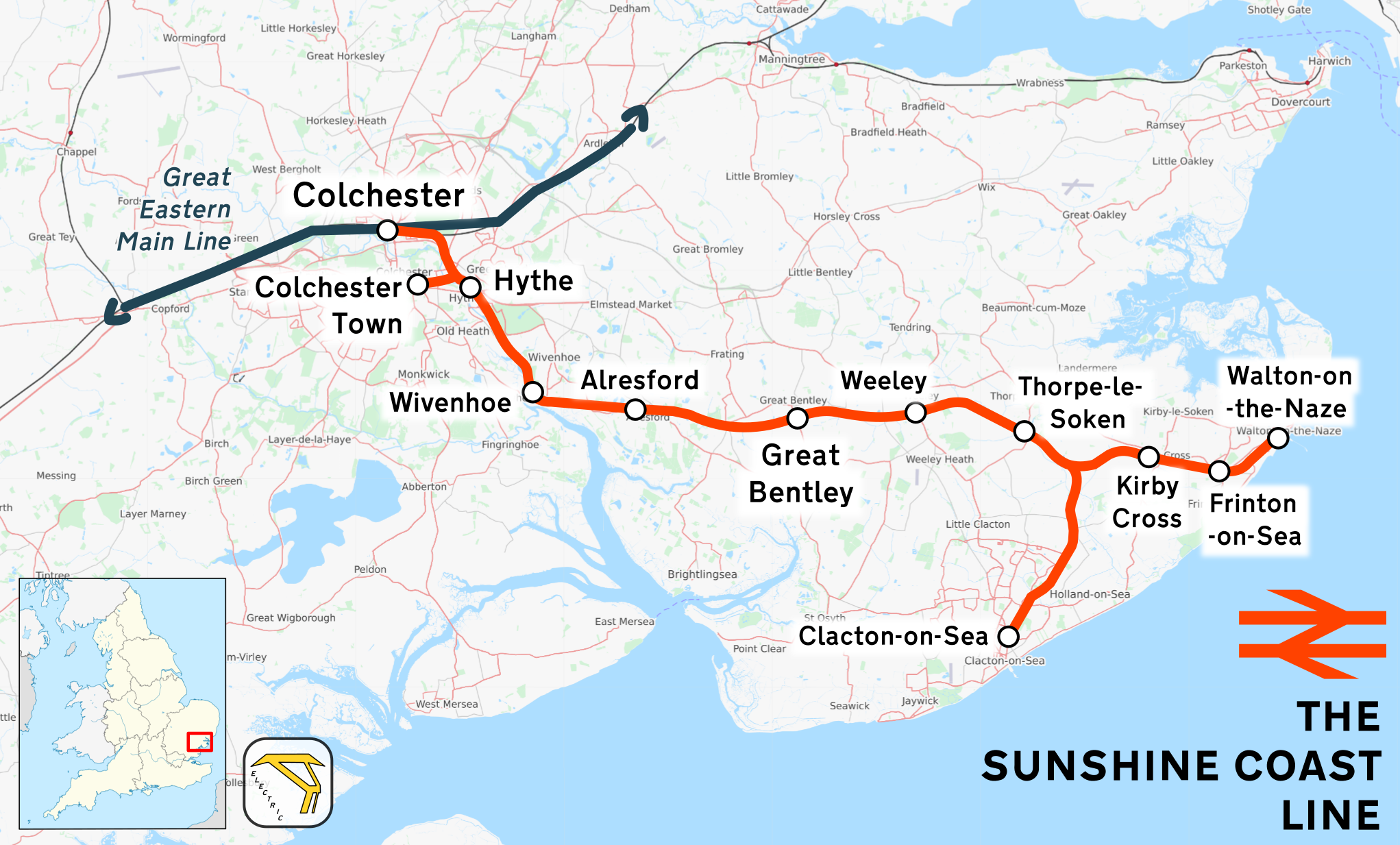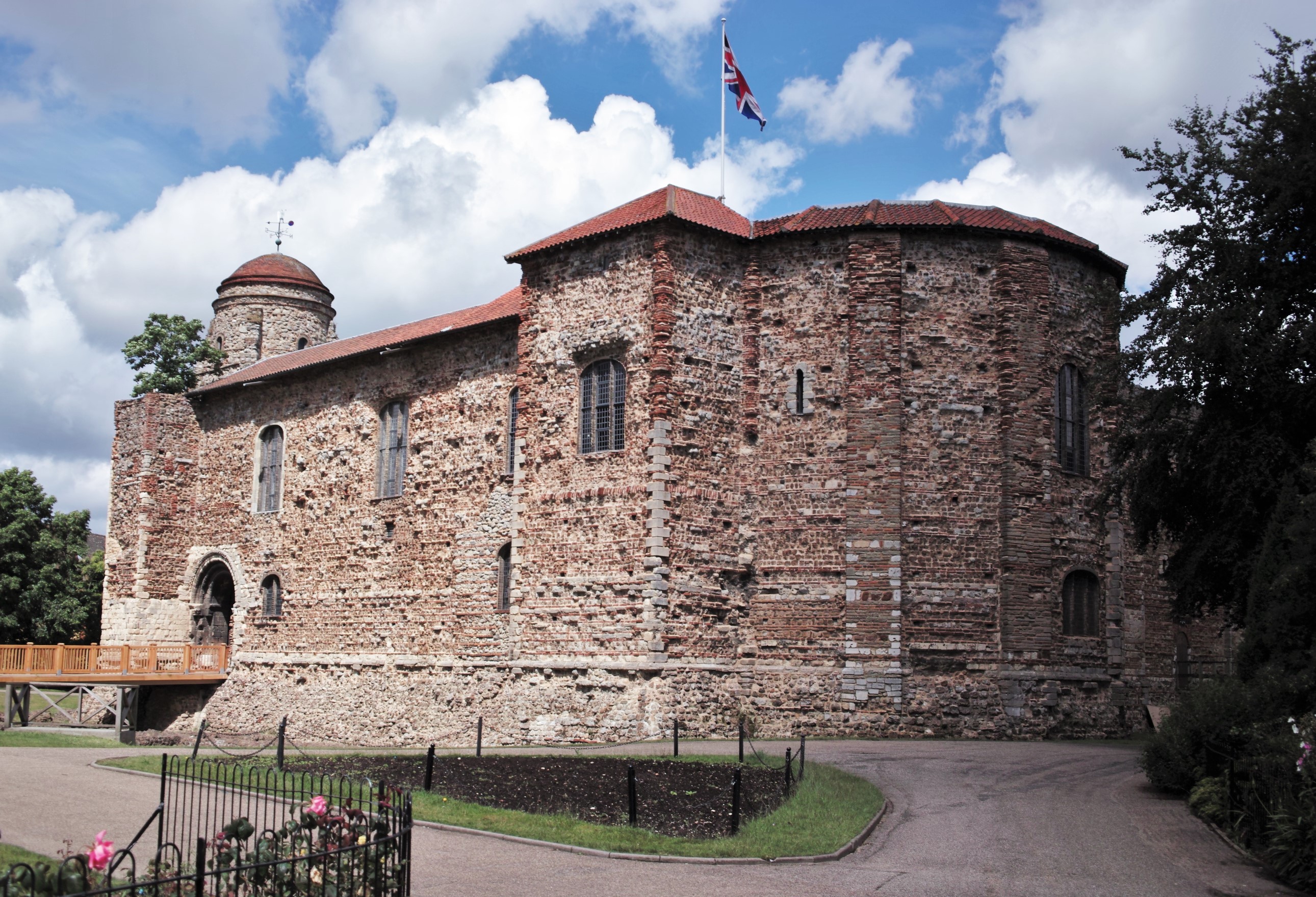|
Hythe, Essex
The Hythe is an area in the southeastern part of Colchester in Essex Essex () is a county in the East of England. One of the home counties, it borders Suffolk and Cambridgeshire to the north, the North Sea to the east, Hertfordshire to the west, Kent across the estuary of the River Thames to the south, and Grea ..., England, on the River Colne. Historically it was a hamlet. The Hythe is home to the Paxmans Factory which manufactures automobile parts. Hythe railway station is on the Sunshine Coast Line. Services run towards Clacton-on-sea, Walton-on-the-Naze, Colchester and London. The Church of St Leonard is located in the Hythe. References Hamlets in Essex Colchester (town) History of Colchester {{Essex-geo-stub ... [...More Info...] [...Related Items...] OR: [Wikipedia] [Google] [Baidu] |
Colchester
Colchester ( ) is a city in Essex, in the East of England. It had a population of 122,000 in 2011. The demonym is Colcestrian. Colchester occupies the site of Camulodunum, the first major city in Roman Britain and its first capital. Colchester therefore claims to be Britain's first city. It has been an important military base since the Roman era, with Colchester Garrison currently housing the 16th Air Assault Brigade. Situated on the River Colne, Colchester is northeast of London. The city is connected to London by the A12 road and the Great Eastern Main Line railway. Colchester is less than from London Stansted Airport and from the port of Harwich. Attractions in and around the city include Colchester United Football Club, Colchester Zoo, and several art galleries. Colchester Castle was constructed in the eleventh century on earlier Roman foundations; it now contains a museum. The main campus of the University of Essex is located just outside the city. Local governme ... [...More Info...] [...Related Items...] OR: [Wikipedia] [Google] [Baidu] |
Essex
Essex () is a county in the East of England. One of the home counties, it borders Suffolk and Cambridgeshire to the north, the North Sea to the east, Hertfordshire to the west, Kent across the estuary of the River Thames to the south, and Greater London to the south and south-west. There are three cities in Essex: Southend, Colchester and Chelmsford, in order of population. For the purposes of government statistics, Essex is placed in the East of England region. There are four definitions of the extent of Essex, the widest being the ancient county. Next, the largest is the former postal county, followed by the ceremonial county, with the smallest being the administrative county—the area administered by the County Council, which excludes the two unitary authorities of Thurrock and Southend-on-Sea. The ceremonial county occupies the eastern part of what was, during the Early Middle Ages, the Anglo-Saxon Kingdom of Essex. As well as rural areas and urban areas, it forms ... [...More Info...] [...Related Items...] OR: [Wikipedia] [Google] [Baidu] |
River Colne, Essex
The River Colne ( or ) is a small river that runs through Essex, England and passes through Colchester. It is not a tributary of any other river, instead having an estuary that joins the sea near Brightlingsea. The river's name is of Celtic origin, combining the word for rock "cal" with a remnant of the word "afon", or river, giving the meaning "stony river". However, another authority states that the river's name was originally ''Colonia Fluvius,'' the "waterway of the Colonia": a reference to Colchester's status in Roman times. There are two other rivers in the UK that share the same name. Sources Two of the Colne's tributaries start near the villages of Stambourne Green and Birdbrook in Essex, before converging in Great Yeldham. A longer tributary, however, starts to the north-west of Cornish Hall End, flowing into the other sources just south of Great Yeldham. The river then flows south-east through Sible Hedingham, Halstead, Earls Colne, Colne Engaine, White Colne, Chapp ... [...More Info...] [...Related Items...] OR: [Wikipedia] [Google] [Baidu] |
Hythe (Essex) Railway Station
Hythe railway station in Essex is on the Sunshine Coast Line, a branch of the Great Eastern Main Line in the East of England, serving Hythe and other eastern areas of Colchester. It is down the line from London Liverpool Street. Its three-letter station code is HYH. The station was opened in 1847 by the Colchester, Stour Valley, Sudbury & Halstead Railway, then part of the Eastern Union Railway, initially for goods only and then in 1863 for passenger services. It is currently managed by Abellio Greater Anglia, which also operates all trains serving the station. To the west of the station is a triangle of lines, with three junctions. The lines lead to either or stations; the junctions are known as Hythe Junction, East Gates Junction (at the northern extremity of the triangle) and Colne Junction (at the western extremity). To the east the next station along the line is . History A line to Hythe Quay was opened on 1 April 1847 by the Colchester, Stour Valley, Sudbury & Halstea ... [...More Info...] [...Related Items...] OR: [Wikipedia] [Google] [Baidu] |
Sunshine Coast Line
The Sunshine Coast Line is the current marketing name of what originally was the Tendring Hundred Railway Line, a branch off the Great Eastern Main Line in the East of England. It links to the seaside resorts of and, via a branch, . The line is part of the Network Rail Strategic Route 7, SRS 07.08, and is classified as a London & South East commuter line. Passenger services on the line are currently operated by Greater Anglia. Trains for Clacton-on-Sea usually originate at London Liverpool Street, while those for Walton-on-the-Naze typically start at Colchester (or on Sundays). There are, however, limited morning and evening peak-time services in each direction between Walton-on-the-Naze and Liverpool Street. History Steam era The Great Eastern Main Line out of Shoreditch in London reached by 1843 and was extended to in 1846. The first short section of this branch line was built by the Colchester, Stour Valley, Sudbury & Halstead Railway to the port of , and ope ... [...More Info...] [...Related Items...] OR: [Wikipedia] [Google] [Baidu] |
Church Of St Leonard At The Hythe, Colchester
The Church of St Leonard at the Hythe is a redundant Anglican church in Hythe, Colchester, Essex, England. It is recorded in the National Heritage List for England as a designated Grade II* listed building, and is under the care of the Churches Conservation Trust. The church stands on the north side of Hythe Hill, in the Hythe area of Colchester. For many years St Leonard's served as the church of the port of Colchester. Its earliest fabric dates from the 14th century. Additions and alterations were made in the following century, and the hammerbeam roof of the nave dates from the early 16th century. During the Siege of Colchester in the Civil War, Royalist soldiers took refuge in the church. Bullet holes from this incident survive in the door. In the earthquake of 1884 the tower was damaged and its top stage was replaced. The screens and furnishings date from the 19th and 20th centuries. Over the chancel arch is a mural dated 1901. Stained glas ... [...More Info...] [...Related Items...] OR: [Wikipedia] [Google] [Baidu] |
Hamlets In Essex
A hamlet is a human settlement that is smaller than a town or village. Its size relative to a parish can depend on the administration and region. A hamlet may be considered to be a smaller settlement or subdivision or satellite entity to a larger settlement. The word and concept of a hamlet has roots in the Anglo-Norman settlement of England, where the old French ' came to apply to small human settlements. Etymology The word comes from Anglo-Norman ', corresponding to Old French ', the diminutive of Old French ' meaning a little village. This, in turn, is a diminutive of Old French ', possibly borrowed from (West Germanic) Franconian languages. Compare with modern French ', Dutch ', Frisian ', German ', Old English ' and Modern English ''home''. By country Afghanistan In Afghanistan, the counterpart of the hamlet is the qala (Dari: قلعه, Pashto: کلي) meaning "fort" or "hamlet". The Afghan ''qala'' is a fortified group of houses, generally with its own commu ... [...More Info...] [...Related Items...] OR: [Wikipedia] [Google] [Baidu] |
Colchester (town)
Colchester ( ) is a city in Essex, in the East of England. It had a population of 122,000 in 2011. The demonym is Colcestrian. Colchester occupies the site of Camulodunum, the first major city in Roman Britain and its first capital. Colchester therefore claims to be Britain's first city. It has been an important military base since the Roman era, with Colchester Garrison currently housing the 16th Air Assault Brigade. Situated on the River Colne, Colchester is northeast of London. The city is connected to London by the A12 road and the Great Eastern Main Line railway. Colchester is less than from London Stansted Airport and from the port of Harwich. Attractions in and around the city include Colchester United Football Club, Colchester Zoo, and several art galleries. Colchester Castle was constructed in the eleventh century on earlier Roman foundations; it now contains a museum. The main campus of the University of Essex is located just outside the city. Local governmen ... [...More Info...] [...Related Items...] OR: [Wikipedia] [Google] [Baidu] |




